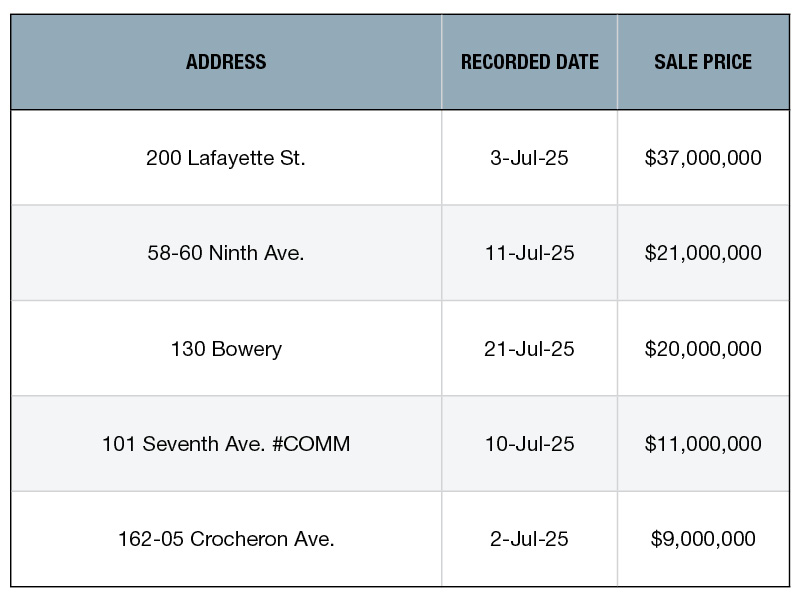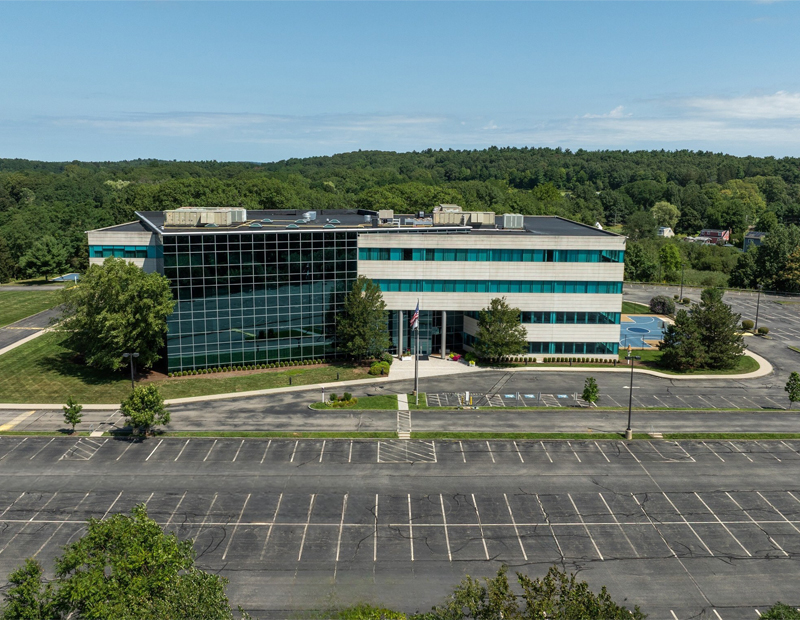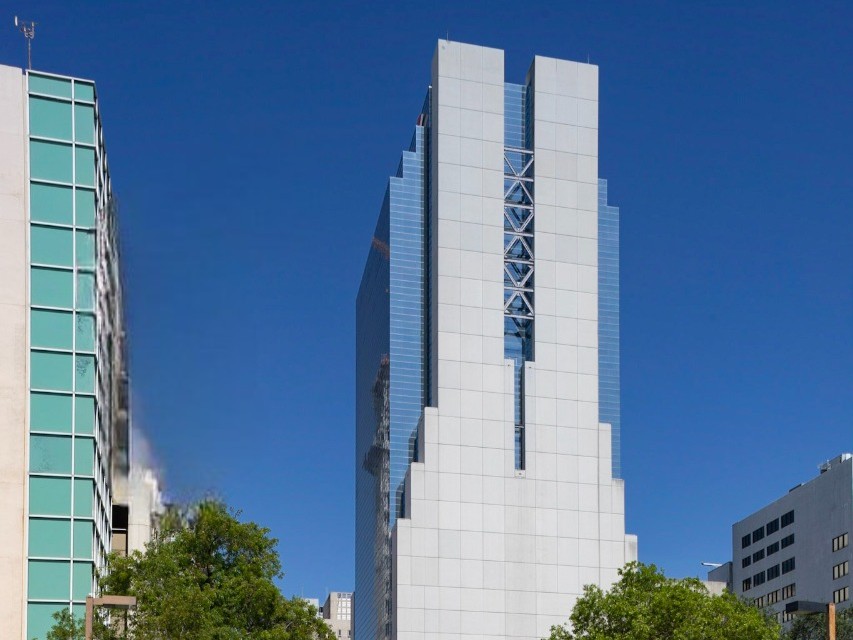Mitigating the Risk of Unknown CAM Expenses
Mike Stewart and Shelby Thomas of Bass, Berry & Sims on navigating common area maintenance provisions in an uncertain economy.

While “common area maintenance” provisions are typically a key topic during lease negotiations, a renewed focus has developed due to changes in the economic environment, such as cost uncertainty in the market, interest rates, supply chain shortages, increased cost of materials, tariffs and inflation. Each of these factors make it more difficult for landlords to estimate the cost of operating and owning a commercial property and tend to shift risk away from tenants to landlords. As a result, tenants seemingly have more leverage as they defend against being responsible for unknown expenses. For landlords, it remains essential to maximize the ability to recoup CAM expenses, even when those expenses are becoming more unpredictable.
Below we explore how the current economic environment has impacted lease negotiations, specifically with respect to CAM provisions, and how landlords can use different tactics to limit their exposure and navigate tenant requests to negotiate controllable expense language of the CAM provisions. Generally, in today’s market, CAM expenses are designated as “controllable” or “uncontrollable” expenses, with controllable expenses defined as those that a landlord has some level of control over through prudent management of a project, while uncontrollable expenses are subject to changes in conditions beyond landlord’s control.
READ ALSO: Discounted Office Sales Multiply, Pressures Persist
Outlined below are three ways landlords can better protect themselves in negotiating the controllable expense provision.
Reset of the base year
Tenants typically request a cap on controllable expenses to limit the exposure amount of CAM expenses a tenant will be liable for from year to year. However, given the increased uncertainty in various economic factors, landlords need the ability to protect against being locked into a cap, especially when the cost of operating a commercial property can fluctuate dramatically in a short period of time. Therefore, landlords should periodically negotiate the ability to reset the base year of the cap.
When calculating a cap on controllable expenses, the initial dollar amount that is capped is typically the actual CAM expenses incurred by a landlord during the first lease year (i.e., the base year). A reset of the base year means that landlords have the ability, during the term, to once again use the actual CAM expenses incurred by landlords during such “reset year.” After a reset of the base year, the cap is calculated against the adjusted dollar amount.
Depending on the length of the term, a landlord may negotiate for the right to reset the base year every five years, or perhaps at the start of a renewal term. Alternatively, a landlord may negotiate that a reset is triggered based on a change in circumstance—i.e., following a major capital improvement or a significant change in the property’s occupancy (e.g., if the building becomes fully occupied after being at 75 percent occupancy during the initial base year). Ultimately, similar to tenants, landlords want to limit their exposure of liability from year to year. A reset allows landlords to re-evaluate the expenses actually being incurred and adjust the dollar amount being capped accordingly.
Broadening the exclusions
When landlords agree to a cap on controllable expenses, it is typical for landlords to expressly exclude certain “uncontrollable” expenses from that cap. Some of the common exclusions from the definition of controllable expenses include: (1) snow and ice removal, (2) insurance and taxes, and (3) utilities. These categories of expenses are often excluded given the inability to determine the actual expenses that may be incurred in connection with each during a given year. By excluding categories of expenses from the cap, landlords have the ability to pass through these expenses to tenants even if they exceed any agreed upon cap.
With the prevalence of more unknown expenses in the market, landlords should negotiate for an expanded list of categories to be excluded from the definition of controllable expenses, and thus the cap. By excluding more categories, landlords have a greater protection against unknown expenses in any given year.
Examples of other categories of expenses to exclude:
- Cost of security
- Costs incurred due to an event of force majeure
- Costs to comply with legal requirements
- Amortized costs of reimbursable capital expenditures
- Additional costs of union labor, including payroll and benefits, for labor which is not unionized as of the date of the lease, but which unionizes thereafter
- Cost incurred specifically at the request of tenant and not expressly required to be incurred by landlord pursuant to the lease
- Costs incurred under matters of record (i.e., covenants, conditions and restrictions)
Applying, calculating a controllable expenses cap
When landlords and tenants agree on a cap of controllable expenses, determining how the cap is applied and calculated may result in a variation in the dollar amount being capped year-after-year. While not an original topic, it is worth mentioning different methods of applying and calculating caps, particularly because some are more favorable to landlords and allow more expenses to be passed through to tenants.
There are two different types of caps: (1) a year-over-base cap and (2) a year-over-year cap. A year-over-base cap applies the cap to the expenses incurred in the base year or the first year of a lease term. A year-over-year cap applies the cap to the expenses incurred during the immediately prior year.
There are also various methods of calculation that impact the cap. For example, the cap may be calculated on a cumulative or non-cumulative basis, with a cumulative cap allowing landlords to recover any unused increases from prior years, while a non-cumulative cap does not. In addition, the cap may be calculated on a compounded basis, in which case the cap is calculated as a percentage of the prior year’s cap, allowing the cap to rise slightly faster.
The below examples highlight some of the more common variations of calculation methods and caps seen in leases, as well as the economic differences between them.
A. Year-over-base/cumulative: This variation is constant each year regardless of actual expenses. For example, if actual expenses in the base year are $100,000 and the parties agreed to a 5 percent cap per annum, then the cap for year one is $105,000 (i.e., 5 percent over $100,000). This cap rises to 10 percent of base year expenses to 15 percent to 20 percent, and so on. With the base year of $100,000, this results in caps of $105,000, $110,000, $115,000, $120,000, etc.
Since this variation is not impacted by actual expenses, if the expenses in year two only increase by 3 percent to $103,000, the landlord is able to recover the unused increase, and in year three, the cap still rises to $110,000. Similarly, if the expenses in year 2 drop to $95,000, the cap in year three is also unaffected and still rises to $110,000.
B. Year-over-base /compounded: This variation calculates the cap as a percentage of the prior year’s cap, allowing the cap to rise slightly faster. Using the same example, if actual expenses in the base year are $100,000 and the parties agreed to a 5 percent cap per annum, then the cap for year 1 is $105,000 (i.e., 5 percent over $100,000). Thereafter, the cap for each subsequent year is calculated by applying the 5 percent increase to the prior year’s cap amount. For instance, the next year’s cap is 5.25 percent (i.e., 5 percent over the first 5 percent), making the compounded increase from the base 10.25 percent (i.e., 5 percent plus 5.25 percent) or $110,250. Each subsequent year’s cap would be calculated as a percentage of its respective prior year’s cap—i.e., 15.76 percent, 21.55 percent, and so on. This would result in caps of $115,762, $121,550, etc. For simplicity, the example uses slightly rounded numbers.
C. Year-over-year/non-cumulative: This variation applies the cap to the prior year’s expenses (as opposed to a base year). Similar to the year-over-base cumulative variation, this variation sets a maximum on annual expenses in the cap. However, in this scenario if the actual expenses are lower than the cap, then the cap does not apply because the tenant pays the lesser of actual expenses or the capped amount. Using the same example, if actual expenses in the base year are $100,000 and the parties agreed to a 5 percent cap per annum, then the cap for year 1 is $105,000 (i.e., 5 percent over $100,000). However, if actual expenses for year 1 are only $102,000, the cap does not apply. This results in the next year’s cap being 5 percent over $102,000 (i.e., $107,100).
As illustrated in each of the examples above, depending on how a cap is applied and calculated impacts how much a landlord is able to recover each year. Landlords should know how these calculation methods impact them to ensure they are negotiating for the maximum benefit.
In conclusion, given the current economic environment, tenants and landlords are focused on every dollar payable under a lease. It is important for landlords to negotiate provisions that allow protection against the increasing unpredictable economic factors. By implementing some of the negotiated provisions described above, landlords can limit their exposure to the unknown CAM expenses and recoup as many CAM expenses as possible, even when unpredictable.
Mike Stewart is a member at the law firm of Bass, Berry & Sims. He advises developers, investors and owners on projects across the country, with a particular focus on multifamily transactions. Shelby Thomas is an associate at the law firm of Bass, Berry & Sims. She assists clients with commercial real estate transactions and financing matters across a variety of industries. .







You must be logged in to post a comment.